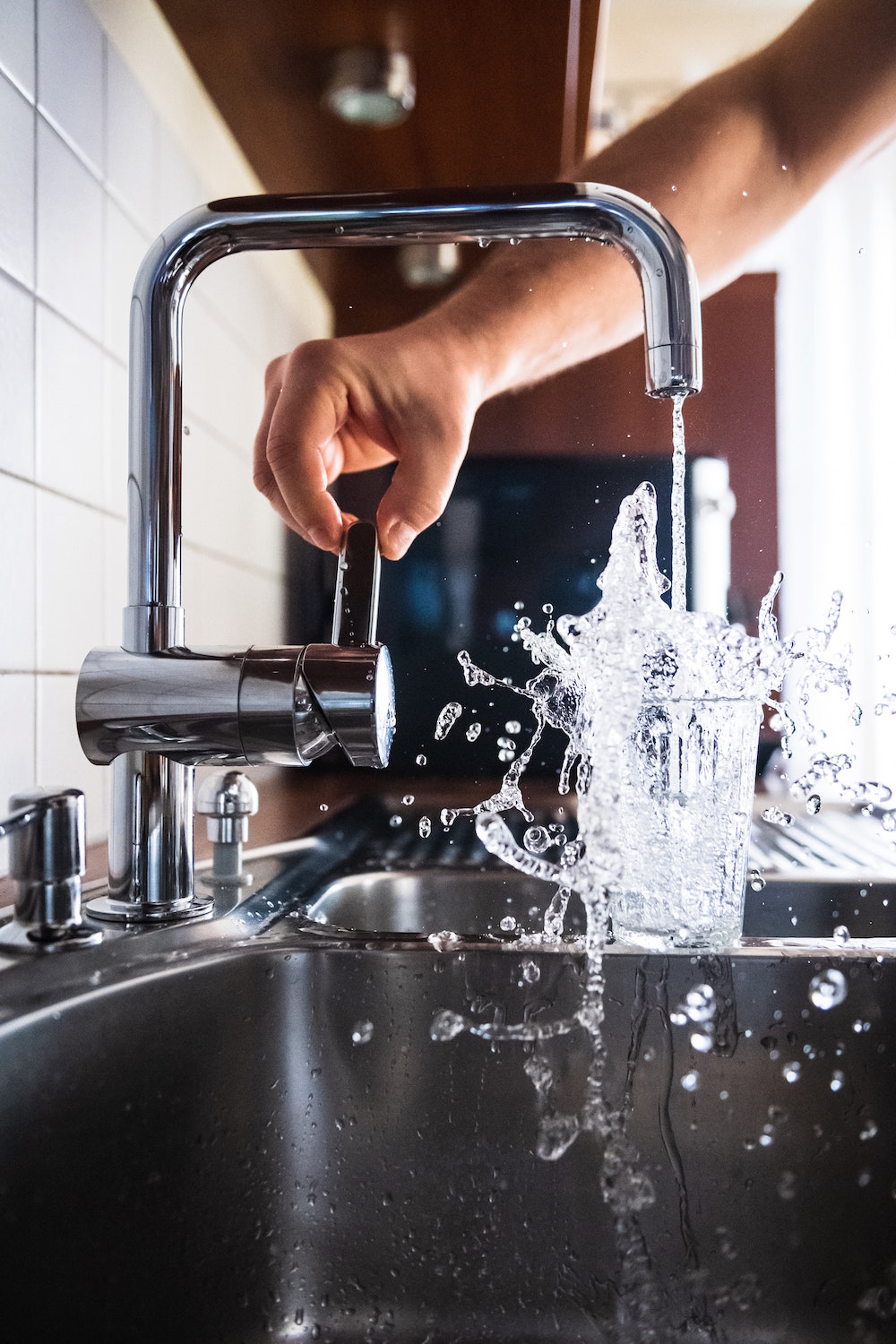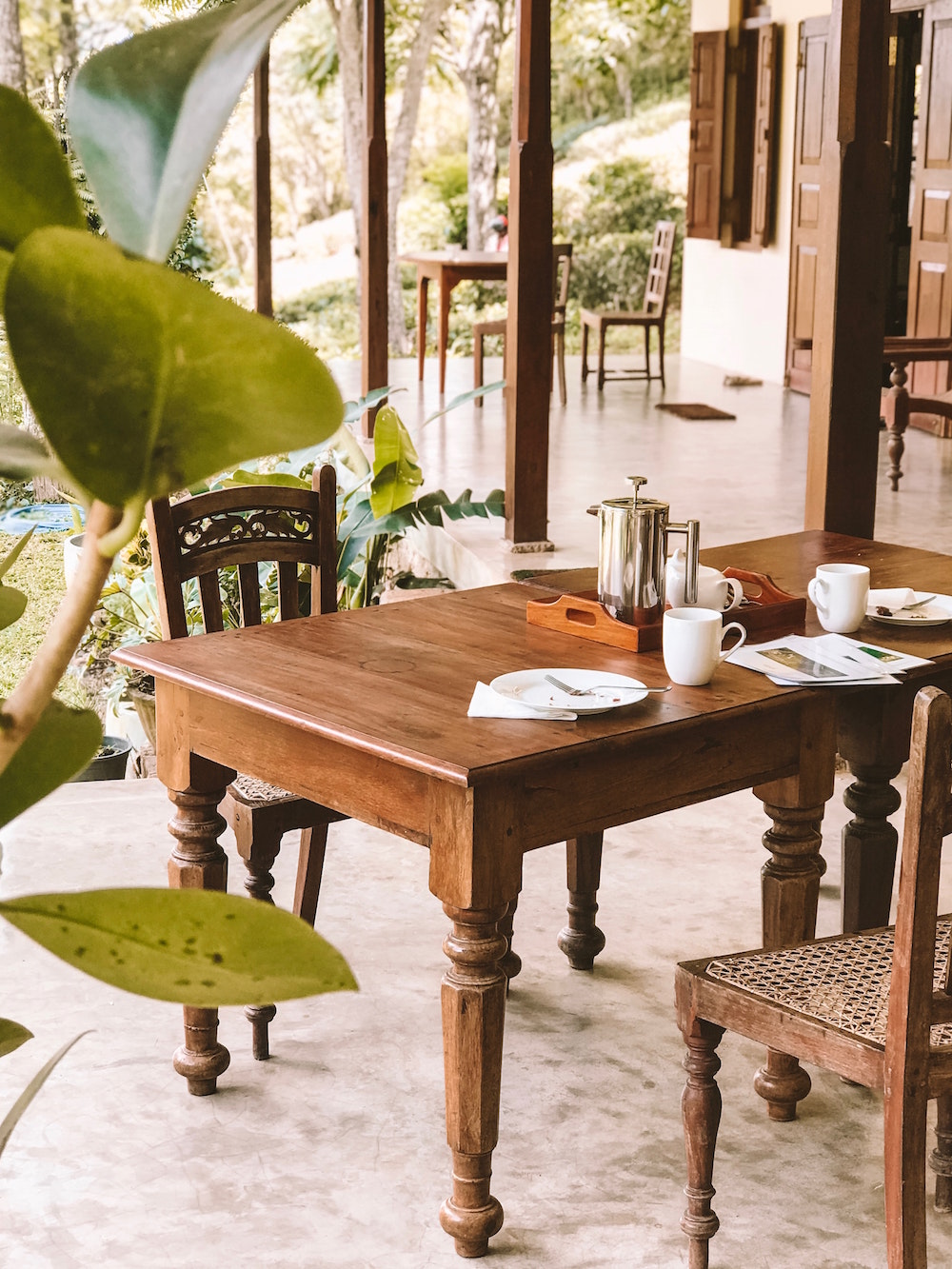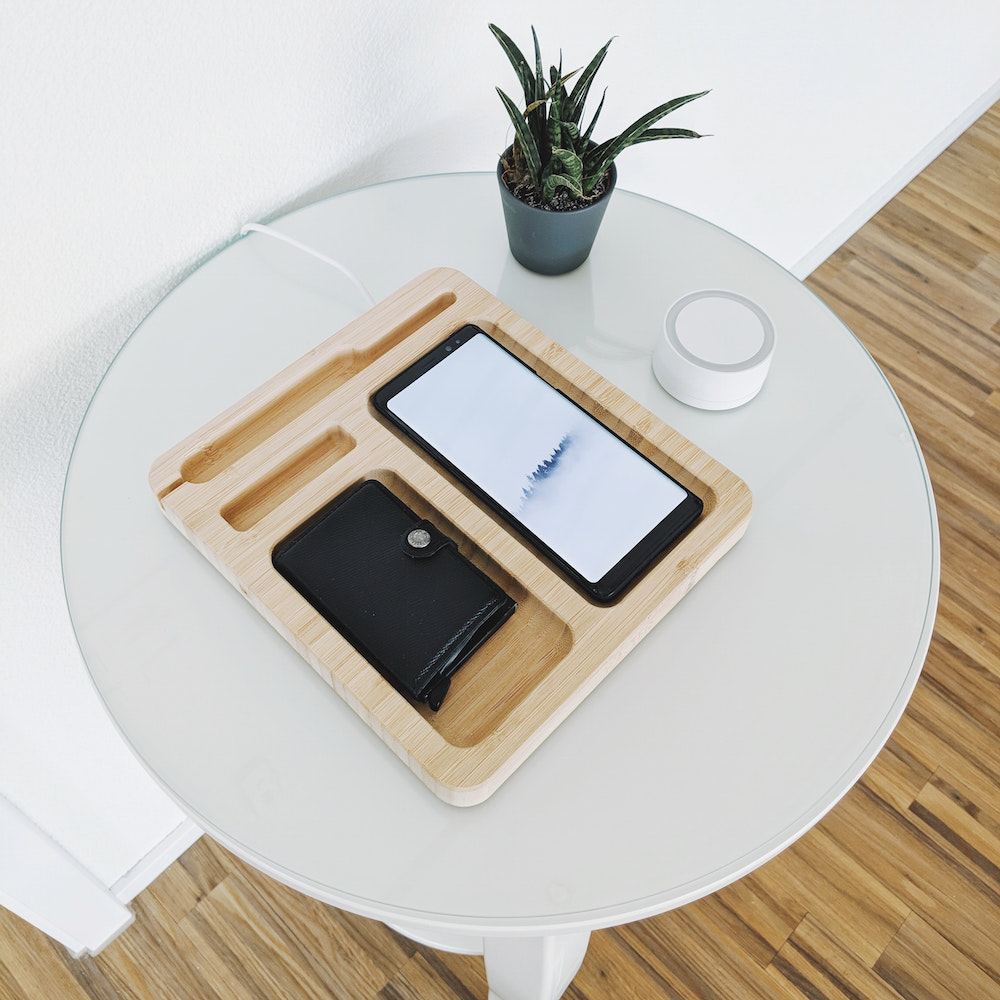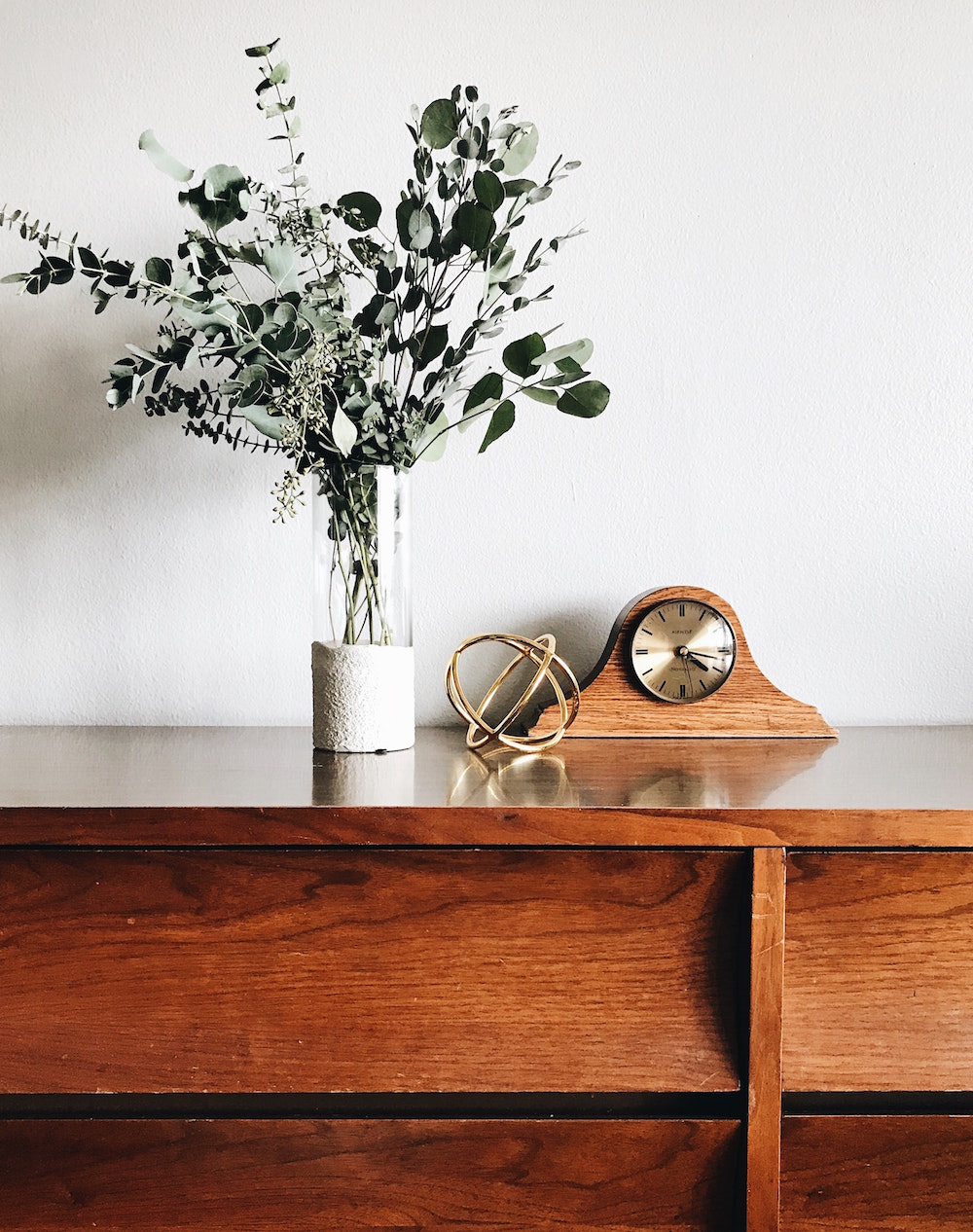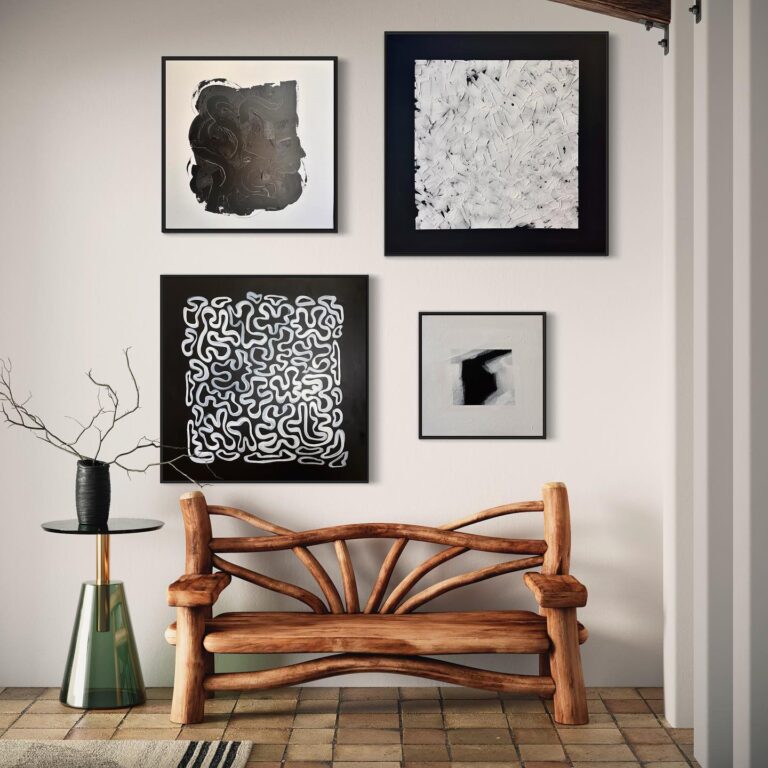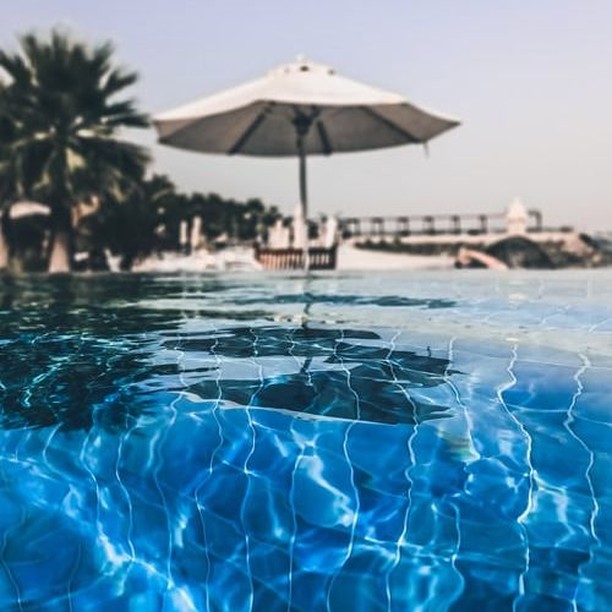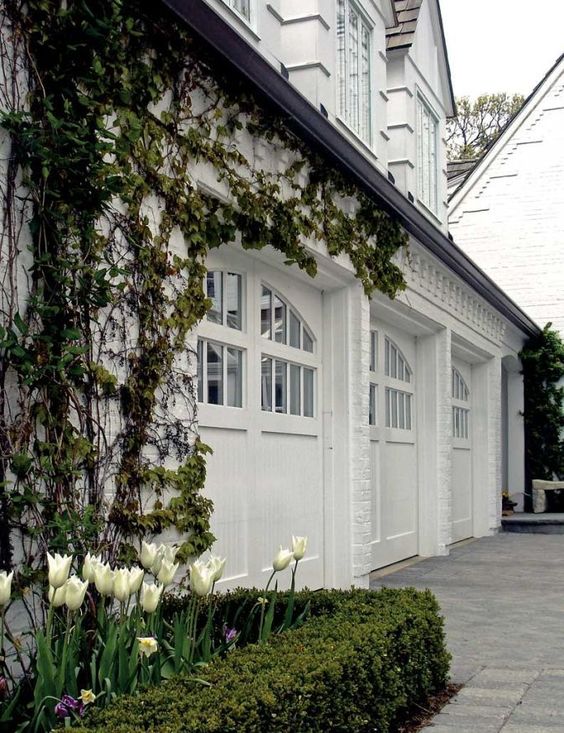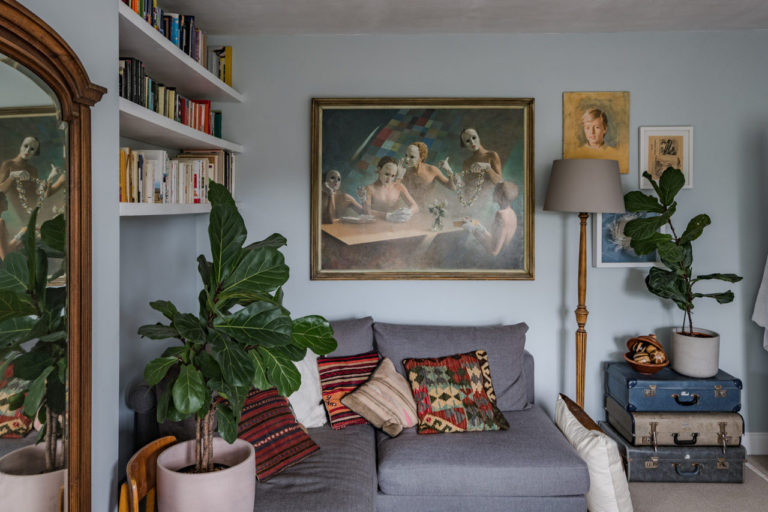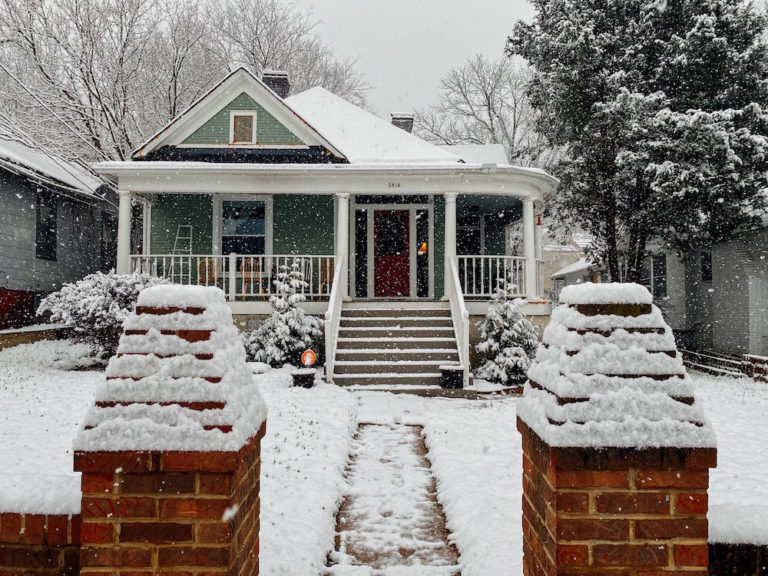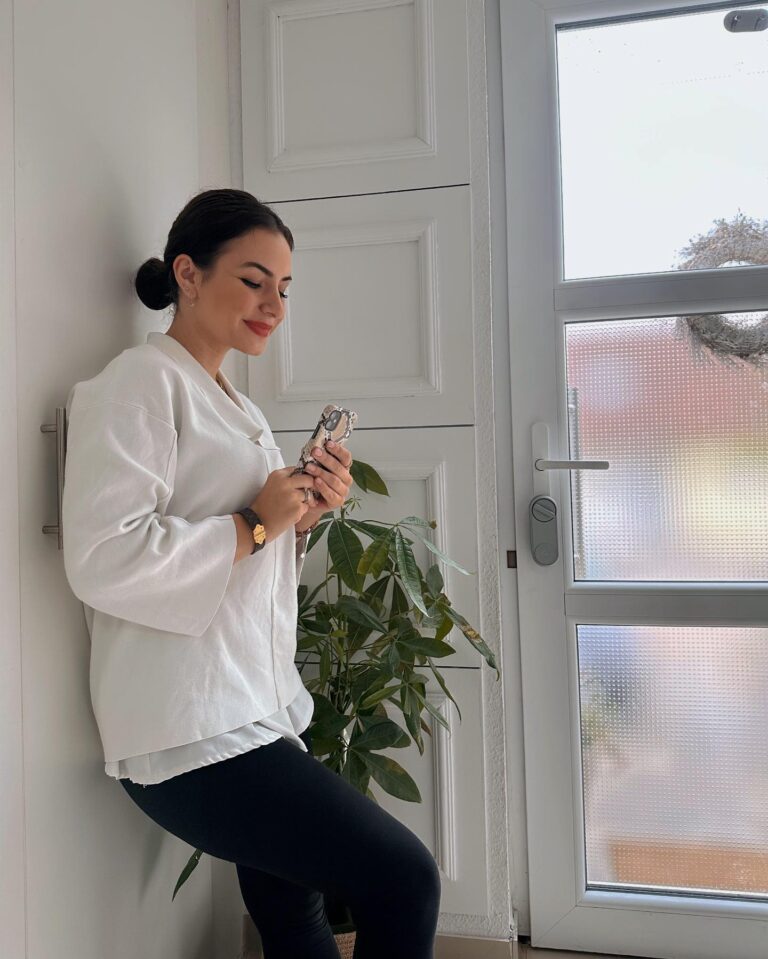6 Eco-Friendly Home Design Upgrades for 2021
With each passing year, the world gets more environmentally conscious. Images of landfills overflowing with single-use plastic and construction debris lie heavy in the minds of many. Additionally, sustainability in the home often leads to cost savings as well.
Adding eco-friendly home design elements will enhance the value of your home both while you live there and when you’re ready to move. Here are six eco-friendly home design upgrades to add to your project list for 2021.
Filtered Water Faucet
There have been a lot of design innovations surrounding sinks and faucets in recent years. From touchless taps to smart levers, there’s always something new and exciting on the market.
Adding a filtered water faucet to your existing sink creates a sense of luxury at home by giving you endless access to filtered water. This eco-friendly enhancement also reduces the need for single-use plastic bottles, cutting down on one of the most significant sources of litter and pollution. There are a variety of filtration systems to choose from— check out these buyer’s guides collection to see which one is right for your home.
Living Wall
A living wall is a collection of living plants in an interior vertical garden set-up. While this design feature has become increasingly popular in offices and business settings, more eco-savvy interior designers and homeowners are adding these to their homes.
While this design feature looks amazing, it also offers functionality in a living space. Some of the notable features of a living wall include:
- humidity control
- noise cancellation
- air purification
- temperature control
- instilling a sense of calm
If a full living wall seems like too much for your home, consider adding a single vertical panel or repurposing an old frame to hold a smaller version of this eco-friendly design element.
Natural Furnishings and Textiles
Natural materials and textiles have been a burgeoning interior design trend over the past year. It’s expected that this trend will continue into 2021 and beyond. This trend applies to both the core materials used in furnishings as well as the fabric that accentuates it.
Instead of mass-produced mixed materials, opt for things like:
- natural wood
- organic cotton
- wool
- iron
- rattan
- bamboo
In other words, leave plastics and MDF in the past where they belong.
Bamboo Cabinetry and Flooring
While bamboo was mentioned as a natural material, it deserves its own category in sustainable interior design trends that add value. Contrary to popular belief, bamboo is not a type of wood; it’s a grass. It matures within six months, reaching a harvestable size twice per year. Comparatively, trees take anywhere from 20-30 years to reach full size for harvesting.
Additionally, bamboo is durable with antimicrobial properties. If you have a large-scale renovation coming up in your kitchen or you need replacement flooring, consider bamboo rather than wood. While this innovation is still up-and-coming, making materials harder to source, it’s well worth getting ahead of this curve.
Upcycled Thrift Pieces
Rather than purchasing something that everyone else has, consider heading to the local thrift shop for new-to-you design elements. You never know when you’re going to find an ornate mirror that can be refinished and displayed in your home. An old ceramic statue can be polished and painted to look more modern without losing its charm.
By re-using what’s already in production, you’ll get one-of-a-kind pieces without the expense of the environmental implications of mass consumerism.
Smart Lighting Elements
Many interior designers and homeowners have been hesitant to switch to smart lighting because of the bright, cool quality of many eco-friendly lightbulbs. This lighting creates a sterile, cold look that lacks the warm ambiance of a yellow bulb.
Now, innovators have created warm, eco-friendly bulbs to replace the LEDs we’ve come to know and hate. Additionally, you can get smart lightbulbs and fixtures that work with a home assistant to ensure the lights are turned down or off when you’re not present. This combination can dramatically reduce energy consumption and your power bill.
Use these eco-friendly home design upgrades to add value to your home in 2021.

